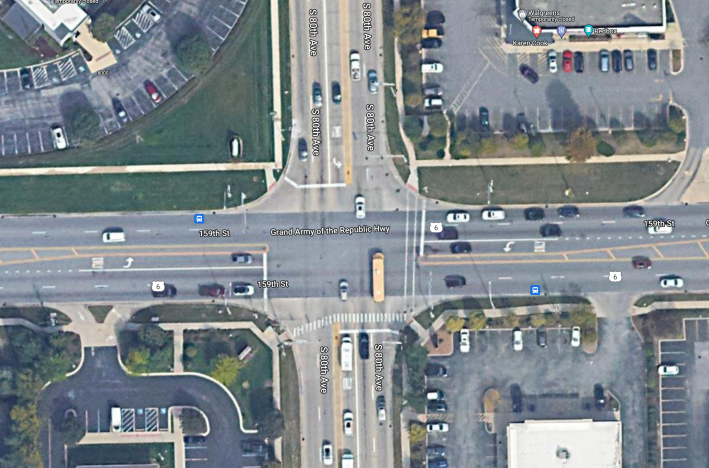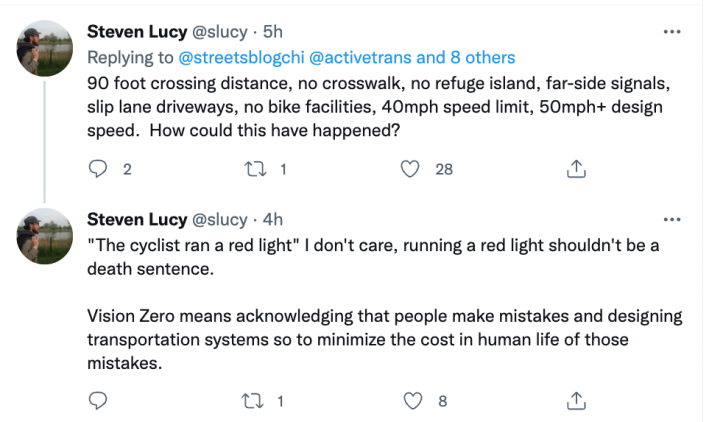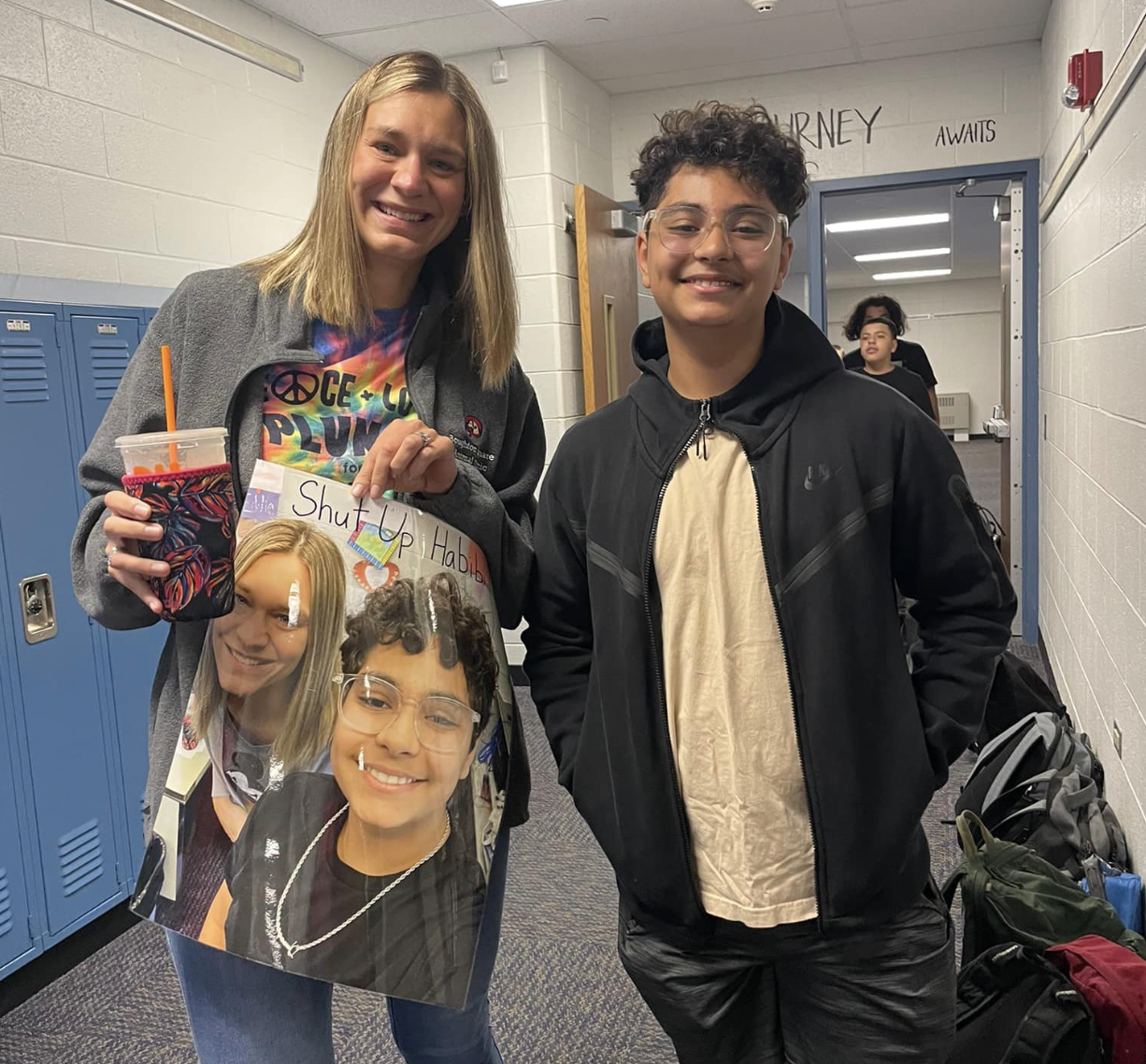To borrow the slogan from the successful 1970s Dutch traffic safety movement, it's time for Chicagoland drivers to "Stop Killing Children."
Last month speeding and/or negligent motorists fatally struck four kids within the city of Chicago: Rafi Cardenas, 2; Lily Shambrook, 3; Ja'Lon James, 11; and Joshua Avina-Luna, 15. Lily and Joshua were riding on bicycles when they were hit.
Tragically, last Friday, July 22, traffic violence took the life of yet another Chicagoland child on a bike. Just before 9 p.m. that evening, an eastbound car driver fatally struck Zaineddin “Zain” Jaber, 14, as he bicycled south across the intersection of 159th Street and 80th Avenue in south-suburban Tinley Park. The teen was pronounced dead on Saturday at 1:35 a.m. at Oak Park's Advocate Christ Medical Center, the Cook County medical examiner’s office said.

This massive junction features five lanes in each direction, which encourages speeding and creates unsafe conditions for people on bikes and foot. There are no crosswalks on the west and north legs of the intersection, and no Walk signals at any of the corners.
Tinley Park police chief Matt Walsh told the Chicago Tribune that security camera footage indicated that the driver, a Tinley Park woman, had the green when she struck Zain. However, there have been multiple recent Chicago bike fatality cases where initial police statements indicated that the victims were to blame, but further investigation showed drivers were at fault

Walsh told the Tribune that responding officers didn't think the driver was intoxicated. However, she consented to blood and urine tests, and police were waiting for the results. Police were also awaiting "black box" data from the car, which may show whether or not the motorist was speeding. In addition, the department should check her cell phone records to determine whether she may have been driving while using her phone.
On Tuesday about 80 people, many of them fellow Grissom Middle School students, showed up to the crash site for a memorial to Zain, including a balloon release, the Tribune reported. Attendees left flowers and cards at a stoplight pole at the southeast corner of the intersection, and wrote words of remembrance and sympathy on a sign taped to the pole.
Zain's aunt Amena Tomaleh told the Tribune the boy was outside a Walgreens drugstore at the northeast corner of junction when his mother called and told him to come home. Tomaleh said her nephew was crossing 159th and "turned his head to talk to his friends" when he was struck.
Tomaleh described Zain as a vivacious kid who “always wanting to be doing something. We would all be looking at our phones and Zain is like ‘Why’s everybody just sitting around? All he wanted to do was to have fun.”
Schoolmates described him as a funny and caring person who enjoyed swimming, playing basketball, and listening to music. “He was just, like, one of those people you couldn’t help but like,” Ephraim Hassan told the Tribune.
It's so ridiculous. We can look at areas like this one and easily predict the tragedies that will happen, and we can look at areas not designed like this and see how the same tragedy is way less likely. We have to stop designing tragedy into our transportation.
— lumberjack wharfie (@LMBRJCKwharfie) July 28, 2022
“It’s just a tragedy,” Chief Walsh said to the Tribune. But obviously this case wasn't an accident. It was the predictable outcome of street design that prioritizes the convenience of drivers over the safety of vulnerable road users.





